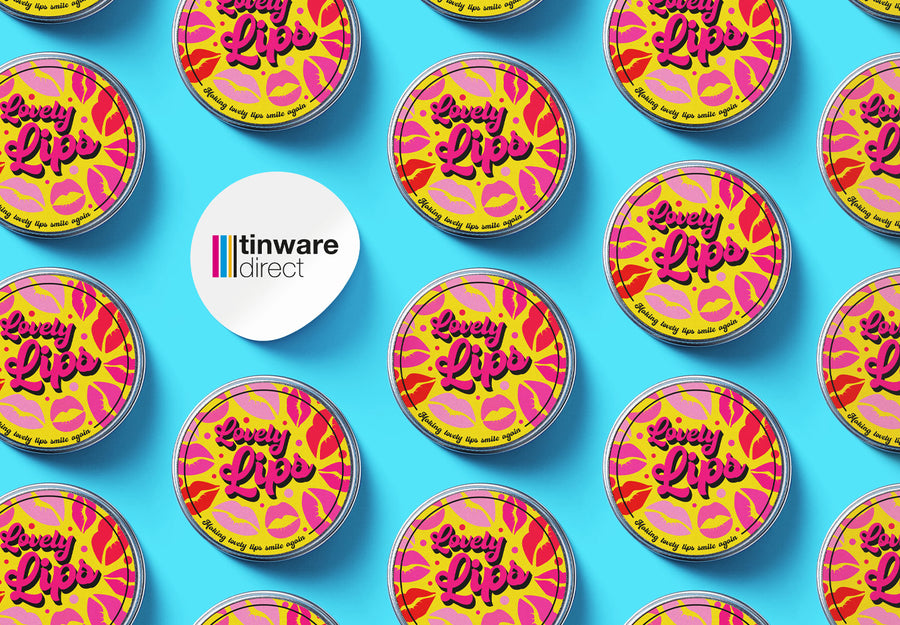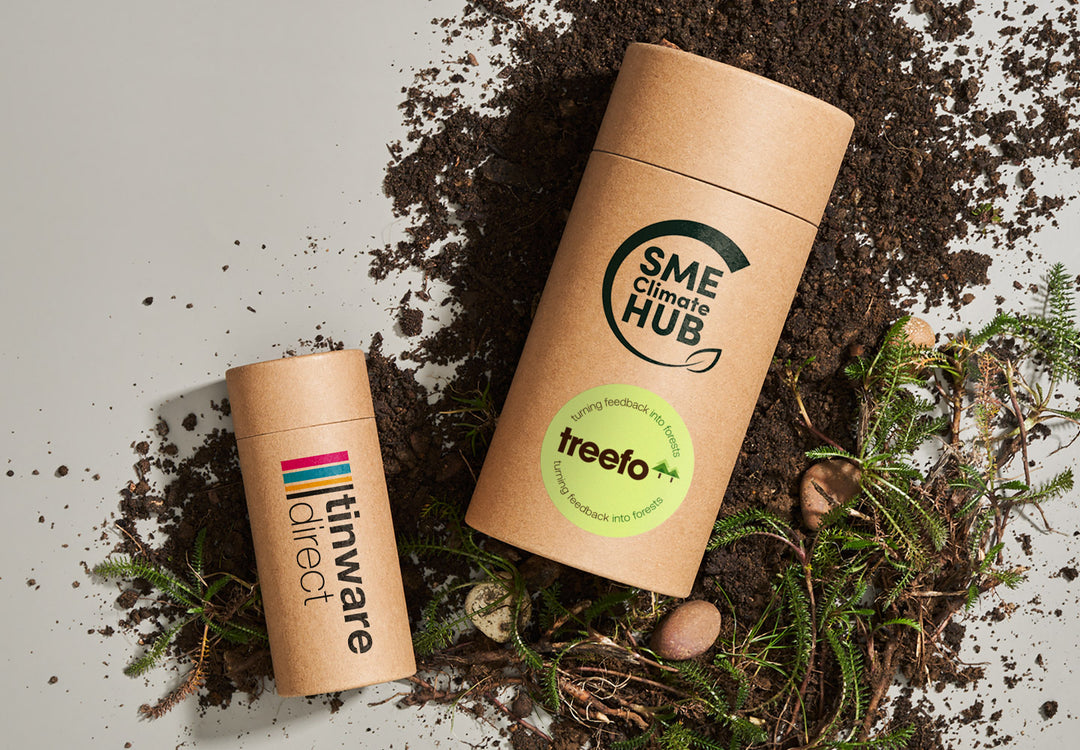How To Avoid Greenwashing

Greenwashing is a growing concern for every company that sells consumer products, but it can be avoided with the right strategies. In this guide, we’ll explain how to avoid some of the common pitfalls associated with greenwashing.
Understand Greenwashing in Manufacturing
Greenwashing refers to the practice where companies falsely promote their products or practices as environmentally friendly. In the manufacturing sector, this can manifest in several ways, such as exaggerating the eco-friendliness of a product or obscuring the true environmental impact of production processes. It could even include claims about the packaging used to ship and sell a product.
Understanding greenwashing is the first step towards avoiding it. It's essential to recognise that genuine sustainability involves a holistic approach, where every stage of the product life cycle, from raw material sourcing to disposal, is considered.
The Damage Of Greenwashing
Greenwashing can severely damage brand trust. Consumers are becoming increasingly savvy and can often spot insincere sustainability claims. When a brand is caught greenwashing, it can lead to a loss of consumer confidence and loyalty, which can be difficult to rebuild.
Moreover, greenwashing can attract negative media attention and result in regulatory penalties, further harming a brand's reputation. Therefore, it's crucial to maintain transparency and honesty in all sustainability communications.
Identify Genuine Sustainable Practices
To avoid greenwashing, it's important to implement and highlight genuine sustainable practices. This includes using renewable energy sources, reducing waste, and opting for eco-friendly materials.
Companies should also strive for continuous improvement, regularly assessing and enhancing their environmental performance. Transparency about these efforts helps build trust and demonstrates a genuine commitment to sustainability.
Implement Transparent Communication
Transparent communication is key to avoiding greenwashing. Clearly and honestly communicate your sustainability efforts, including both successes and areas for improvement.
Avoid vague or misleading claims. Instead, provide specific data and examples of your sustainable practices. This not only helps build credibility but also allows consumers to make informed decisions. If you discover any claims connected to your brand that are either untrue or unproven, it’s important to correct them as quickly as possible. The more open you are, the more likely it is that customers are going to trust you in the future.
Certifications and Third-Party Verifications
Obtaining certifications and third-party verifications is an effective way to validate your sustainability claims. Certifications from recognised bodies provide an independent assessment of your environmental practices, adding credibility to your claims.
Look for certifications relevant to your industry and ensure they are well-regarded by consumers and stakeholders. This external validation can help reinforce your commitment to genuine sustainability.







